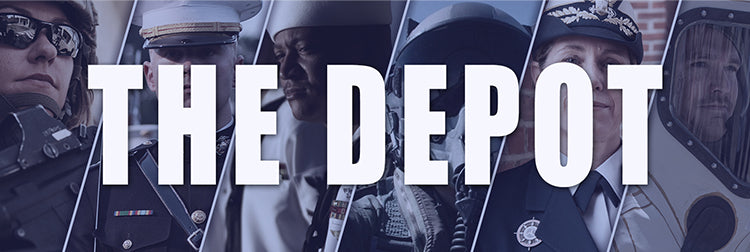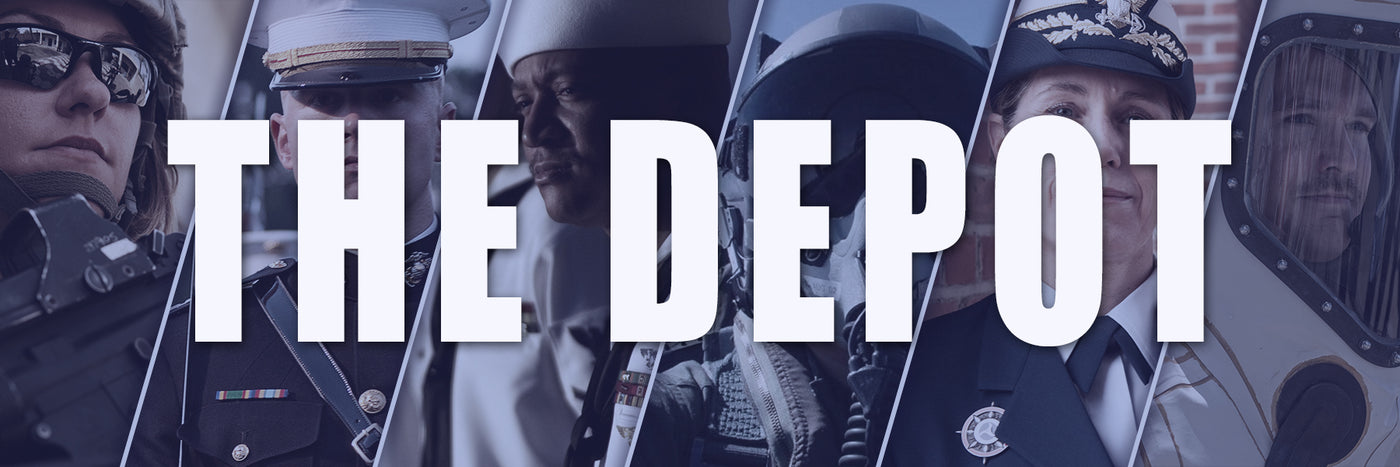
Why the U.S. Changed Coast Guard Uniforms
In 1970, the U.S. Coast Guard decided to break ranks and design its own, unique military uniforms. They are unmistakable to this day.
Steven Alvarez |
ARMED FORCES SUPER STORE 1-877-653-9577 | 8 - 7 CST MON-FRI



In 1970, the U.S. Coast Guard decided to break ranks and design its own, unique military uniforms. They are unmistakable to this day.
Steven Alvarez |